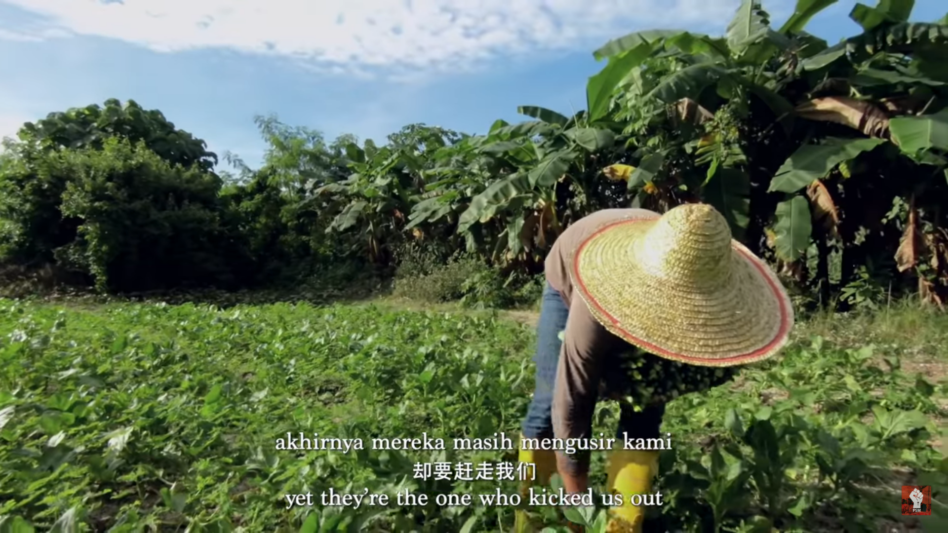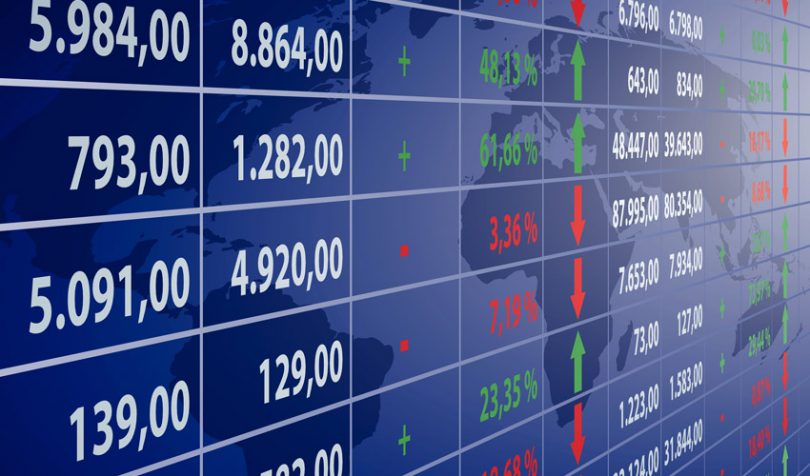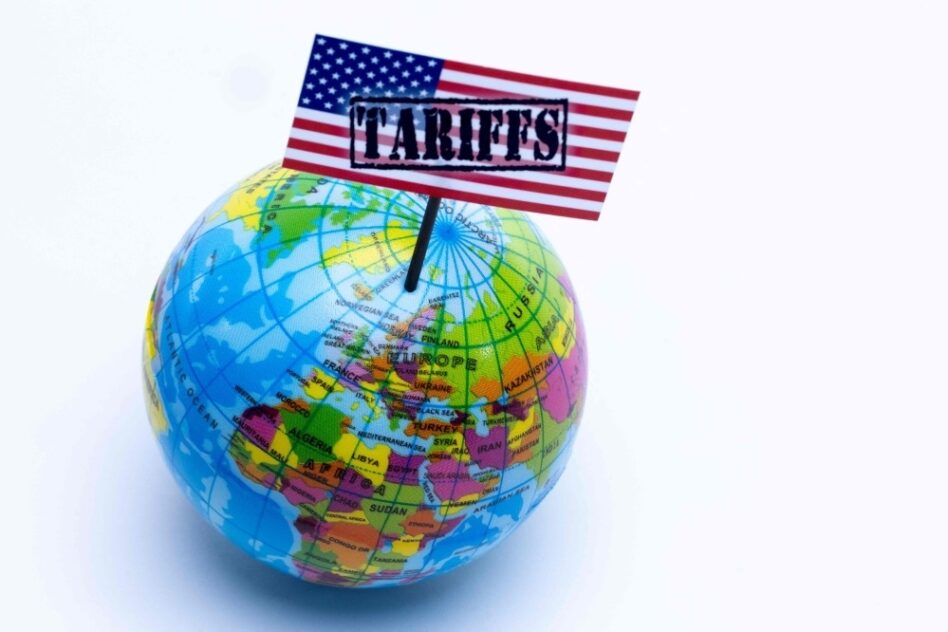FRESH from the ringgit sliding to an all-time low against the Singapore dollar (S$) which is already a major humiliation to Malaysia notwithstanding the rationale of economic fundamentals, the country has to endure another economic calamity with its ‘rocking’ bond market.
Bond rout seems to continue in the local market as the yield for 30-year Malaysian Government Securities (MGS) topped 5% at its highest on record on April 25 amid waning interest in fixed income instruments as a result of expectation of interest rate hike in many parts of the world, according to theedgemarkets.com.
“In the local bond space, support is still lacking as light selling action pushed yields higher again today as the long ends bear-steepened. The MGS 30Y was given at 5.049%, the highest ever in terms of absolute yield since the 30Y benchmark debuted in September 2013,” AmBank (M) Bhd economists wrote in a note on Tuesday (April 27).
Both the ringgit and bond rout come at an awkward timing when Malaysia should be expecting the ringgit to strengthen following bullish pricing of both Brent crude and crude palm oil (CPO) which is predominantly sparked by geopolitical uncertainties in Eastern Europe.
However, the ringgit’s strength arising from higher foreign exchange earnings has been offset by financial tightening in the US and other countries as well as expectations that the strict COVID-19 lockdowns in China will dampen Malaysia’s exports.
Moreover, the spike in global crude oil prices can be a double-edged sword for Malaysia’s as pointed out by UOB Malaysia senior economist Julia Goh given higher oil revenues are countered by rising fuel subsidies.
“Malaysia’s high dependence on imports also dilutes the positive spill-over effect of higher commodity prices,” justified Goh. “In 1Q 2022, exports gained 22.2% (4Q 2021: +29%) while imports advanced 25.2% (4Q 2021: +29.6%). Higher imports over exports led to a narrower trade surplus of RM65.1 bil (4Q 2021: +RM76.2 bil).”
Additionally, the Government’s inability to curb rising inflationary pressures amid the RON95 fuel subsidies (and subsidies for other food items such as cooking oil) and a low interest rate environment has all but contributed to a spiralling national debt with stood at RM979.8 bil (close to a RM1 tril) as end-December 2021 or 63.4% of Malaysia’s gross domestic product (GDP).
It is worth mentioning that the Federal Government’s statutory debt included the MGS, Malaysian Islamic Treasury Bills and Malaysian Treasury Bills which stood at 59.7% of GDP (as per the revelation of Deputy Finance Minister Datuk Shahar Abdullah to the Dewan Rakyat on March 22).
Talking about soaring food inflation, it is worthwhile highlighting the plight of 132 vegetable farmers in Chemor (Perak) who are embroiled in an ongoing legal battle body with the Perak Development Corporation (PKNP) which saw the farmers being evicted last December to give way to a major development there.

Such eviction measure can be deemed “nonsensical” or a misplaced priority as Malaysia cannot continue to import 60% of her food from the perspective of escalating food cost in financial terms as well as food security.
In March, Malaysia’s inflation as measured by consumer price index (CPI) increased 2.2% year-on-year (yoy) mainly driven by the 4% increase in CPI’s food and non-alcoholic beverages segment as prices of food items including chicken and vegetables spiked more than 10%, according to the Department of Statistics Malaysia (DOSM).
The DOSM said the CPI’s vegetables subgroup increased 5.1%, driven by the rise in the prices of spinach, lettuce and choy sam at 24.1%, 22.2% and 14.5% respectively. – April 27, 2022









